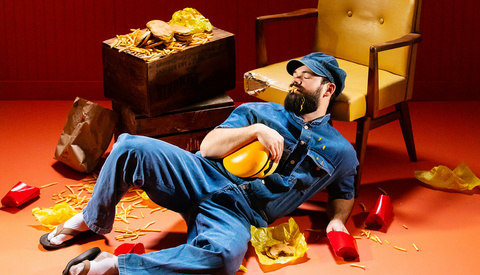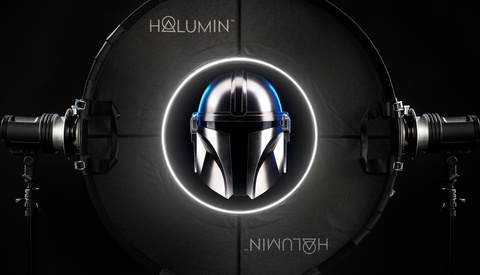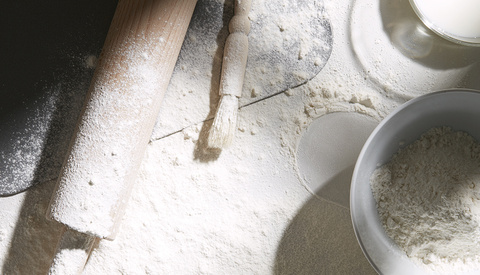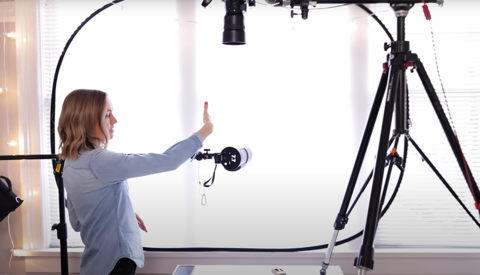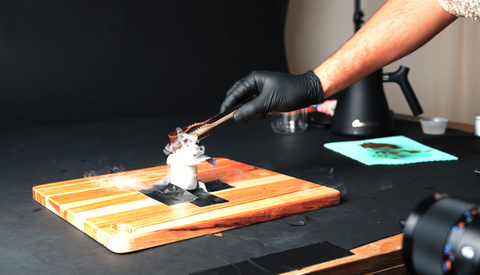Spend More Time Behind the Camera, Less on Admin Tasks
If you feel like administrative tasks take more time than actually taking photos, it’s probably because your workflow needs a revamp. A clear, efficient workflow is key to making your photography business sustainable and enjoyable.






